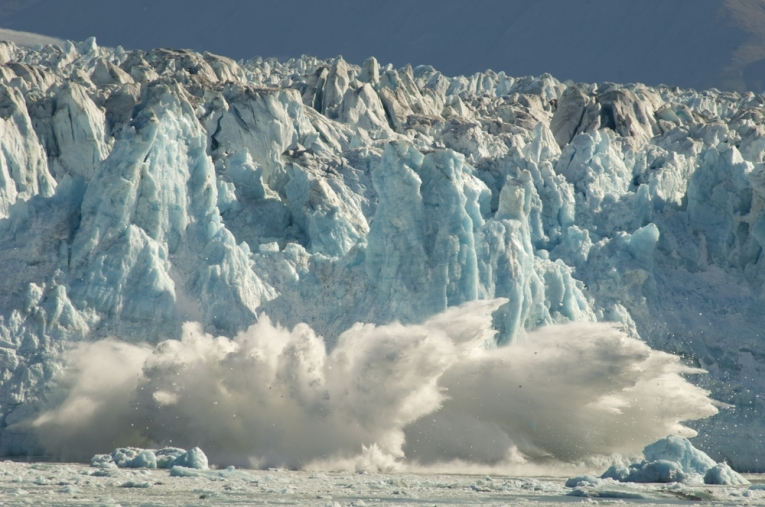The Greenhouse Effect and Global Warming are two of the most pressing environmental issues that we face today. With the rise of global temperatures and increasing levels of greenhouse gases in the atmosphere, it is more important than ever to understand the causes and effects of climate change. In this article, we will explore the key concepts of the Greenhouse Effect, Global Warming, and the measures that we can take to combat climate change energy sources.
Understanding the Greenhouse Effect
The Greenhouse Effect is a natural process in which certain gases in the Earth’s atmosphere trap heat from the sun, which warms the planet’s surface. This is essential to life on Earth, as it helps to regulate the planet’s temperature and keep it within a habitable range. However, since the Industrial Revolution, human activity has caused a significant increase in the concentration of greenhouse gases, leading to an enhanced Greenhouse Effect and resulting in Global Warming.
What Causes Global Warming?
The primary cause of Global Warming is the release of greenhouse gases into the atmosphere. The main greenhouse gases are Carbon Dioxide (CO2) and Methane (CH4), which are released through the burning of fossil fuels, deforestation, and agricultural practices. These gases trap heat in the atmosphere, causing the planet’s temperature to rise, which leads to a range of negative effects, including rising sea levels, more frequent and severe weather events, and changes to ecosystems.
Measures to Combat Climate Change
To combat climate change, we need to reduce our carbon footprint and increase the use of renewable energy sources. One way to reduce our carbon footprint is to improve energy efficiency in buildings and homes, which can be achieved through measures such as insulation, efficient lighting, and temperature control. Additionally, sustainable agriculture practices, such as organic farming, hydroponics, and indoor gardening, can reduce emissions and improve soil health and plant nutrition.
Furthermore, the use of renewable energy sources, such as solar panels and wind power, can reduce our reliance on fossil fuels and help to decrease emissions. Carbon sequestration is another promising strategy for reducing emissions, which involves the capture and storage of carbon dioxide from the atmosphere.
Conclusion
In conclusion, the Greenhouse Effect and Global Warming are complex issues that require a concerted effort from individuals, governments, and businesses to address. By understanding the causes and effects of climate change and taking measures to reduce our carbon footprint, we can work towards a more sustainable future. As botany, ecology, environmental science, and atmospheric science continue to advance, we can be hopeful for new innovations in renewable energy, temperature control, humidity control, irrigation, and emissions reduction.
